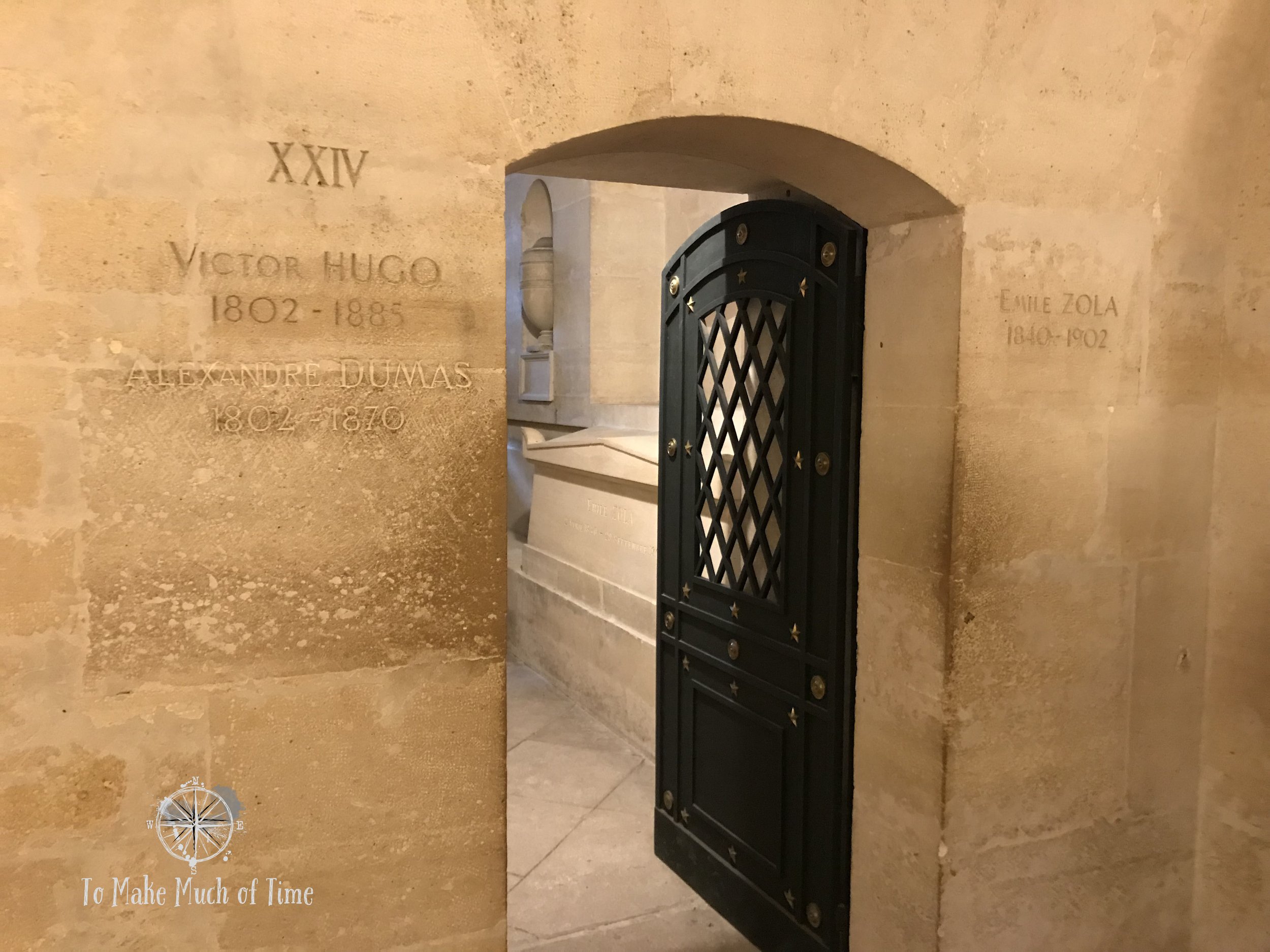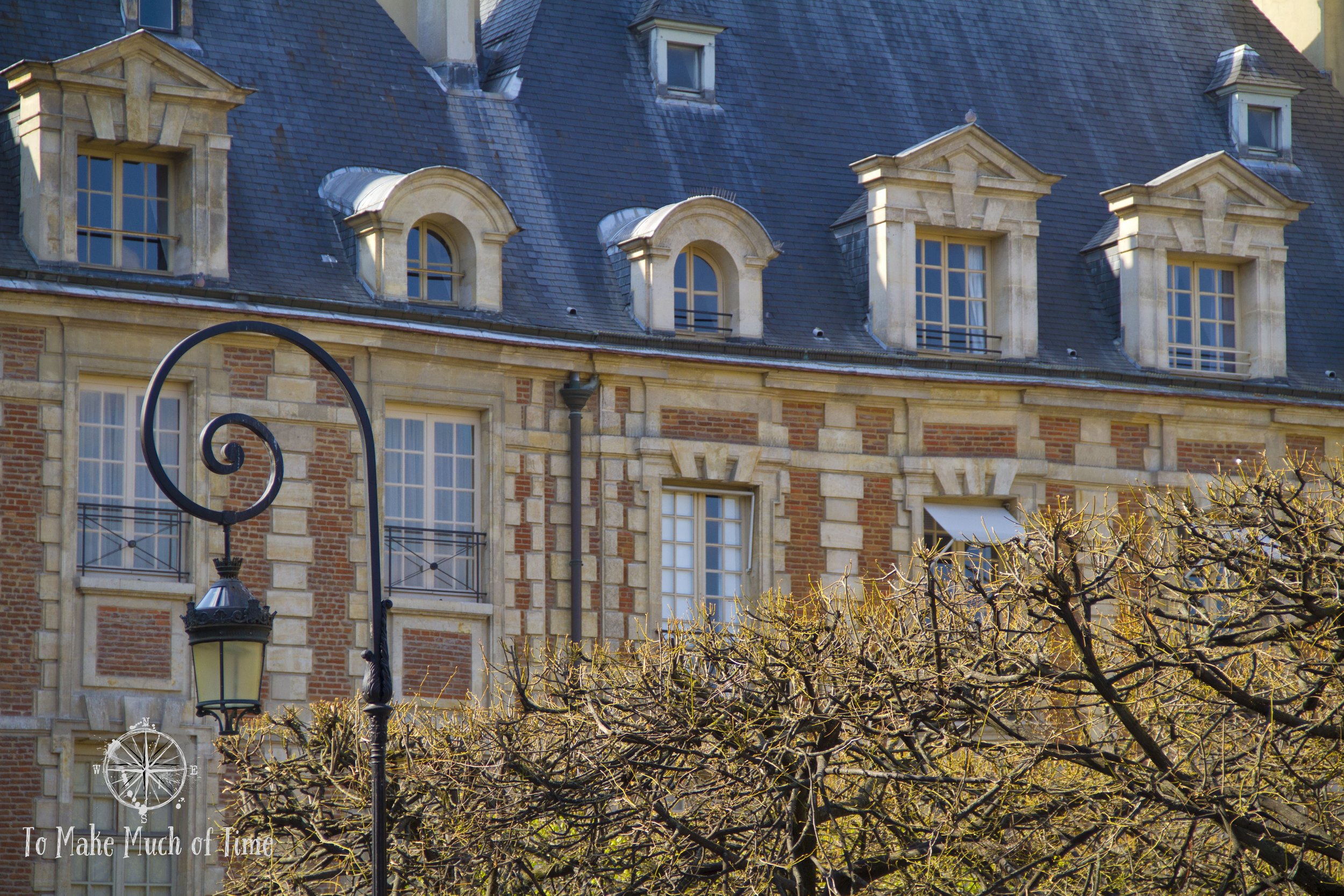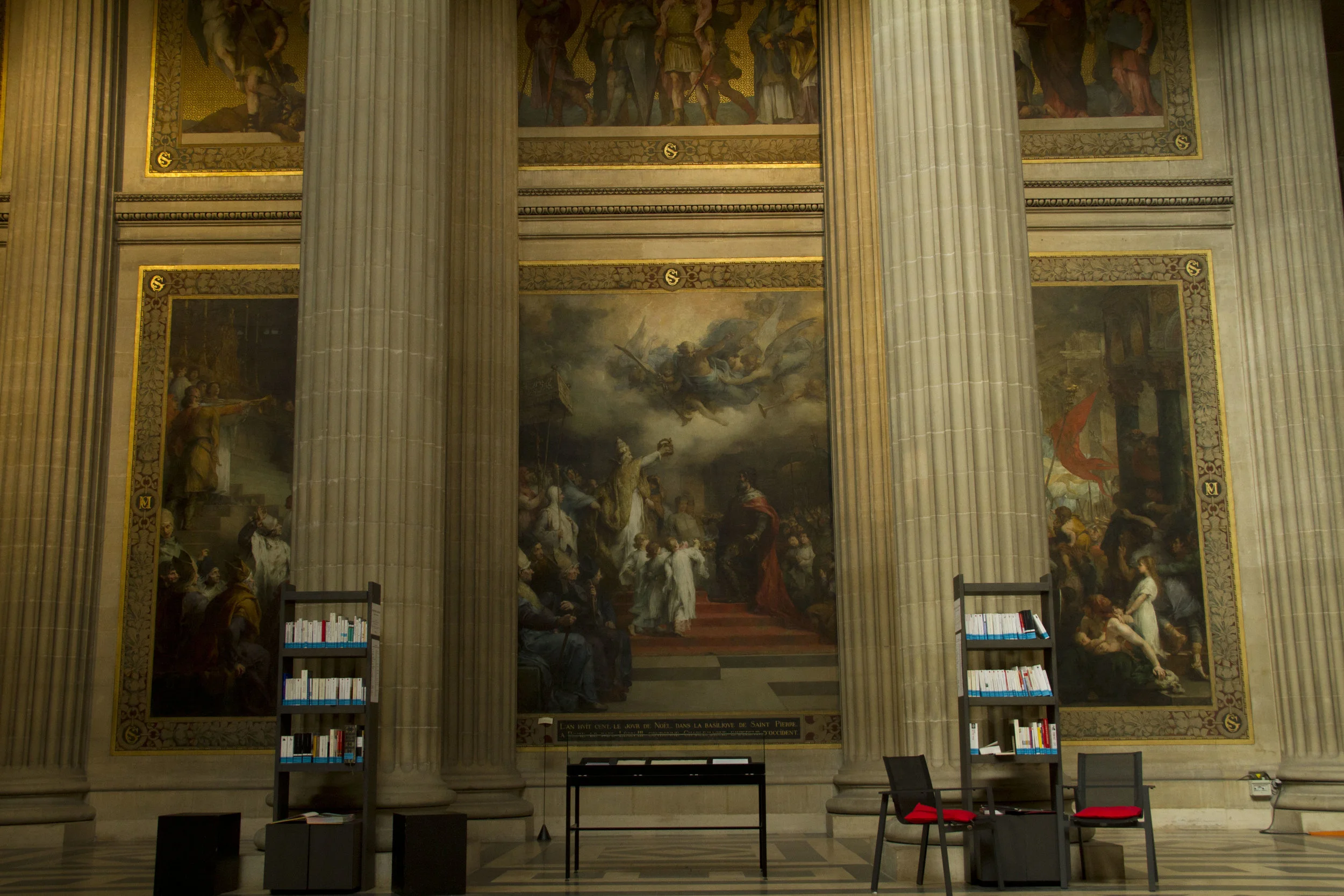Book Review of The Dead Have Lots to Say by Anna Redkina
Disclosure: This review includes affiliate links. Purchases made through the link provide a small commission to us at no cost to you.
(Click on the image above to purchase the book through Amazon)
book stats:
174 pages, published in November 2022
you may enjoy this book if you like:
Short Stories * Literary History * Paris
travel inspiration:
Each of the twenty short stories in this collection are set in one of the twenty arrondissements of Paris. Spots such as the Pantheon, Place des Vosges, Pere Lachaise Cemetery, and the oldest restaurant in Paris, Le Procope, are backdrops for the action between the living and some of history’s best known Parisians.
about the author: Anna redkina
Born in the former USSR, Anna Redkina lived in Spain and England before moving to Paris, France, the place she calls home. A passionate teacher, psychologist, and polyglot, she has always been fascinated by people and their personal stories. The Dead Have Lots to Say is Redkina’s debut work.
review of the dead have lots to say: 20 short stories set in paris by anna redkina
The Dead Have Lots to Say: Twenty Short Stories Set in Paris is a fun collection in which past residents of Paris collide with the modern city and its affairs.
The first story opens in the Place des Vosges, the first planned square in Paris, where Victor Hugo resided in the 19th century. His home, situated in the southeastern corner of the square, is a museum open to visitors. The ghost of Victor Hugo appears in the square and engages in humorous dialogue with a former teacher of his works. Thus begins Redkina’s romp around the city.
The vignettes average roughly eight pages apiece and are written in different styles and prose to reflect characteristics of the historic individual residing between the pages. For example, one story is written as a play script.
The stories are most meaningful to a reader who has the right context and reference points given the inclusion of unique characteristics and personalities of the former Parisian residents. In one of the most instantly recognizable stories, Marie Antoinette is reduced to a severed head whose penance is an afterlife in a bakery, watching people eat cake.
The stories span widely from Marquis de Sade to Marie Curie, Frederic Chopin, Ernest Hemingway, and Gertrude Stein. There were a handful of people depicted who were new to me (e.g., André Breton) and in cases of their stories, while still enjoyably written, I know I did not truly get the references.
I learned new facts about some of these historic figures, such as Frederic Chopin requesting his heart be removed before burial and returned to his native Poland.
The best audience for this book is the well-read and well-cultured Francophile; others can still enjoy the stories for their own sakes and will benefit from a quick internet search of the names featured for additional context. My only regret is that the book didn’t include a reference page that clearly identified the protagonist of each story because while some were clearly identified by name (e.g., Voltaire), others were much more elusive and harder to identify.
While a prior visit to Paris is of course not essential to enjoying this book, the fact that I could instantaneously picture many of the settings from our trip there certainly helped me immediately recall the feeling of being in these spots. The story of Marie Curie (and her husband) is set in the Pantheon, where the two of them are entombed in the subterranean vestibule (crypt), and we visited their final resting place. I remember the echoes and long corridors with small, recessed rooms containing the tombs.
Pere Lachaise Cemetery
The crypt in the Pantheon
Place des Vosges
Apropos of the book’s theme, the final story is set in Pere Lachaise cemetery, where Jim Morrison and Frederic Chopin are creating a ruckus while hanging out together. After Morrison cat-calls a local to get her attention, he complains about the lack of liquor and gifts being left by his admirers compared to what he used to receive. As the tale closes, the author delivers a bottle to Morrison’s grave, a fitting end for the collection. The dead do have a lot to say and, in fact, we are still listening to them, influenced by their writings, scientific discoveries, and music many decades or centuries later. Where we are today as a people rests on the shoulders of those who have come before and shaped us.
Click on the image below to save this post to Pinterest!
Check out our other posts about Paris:
























